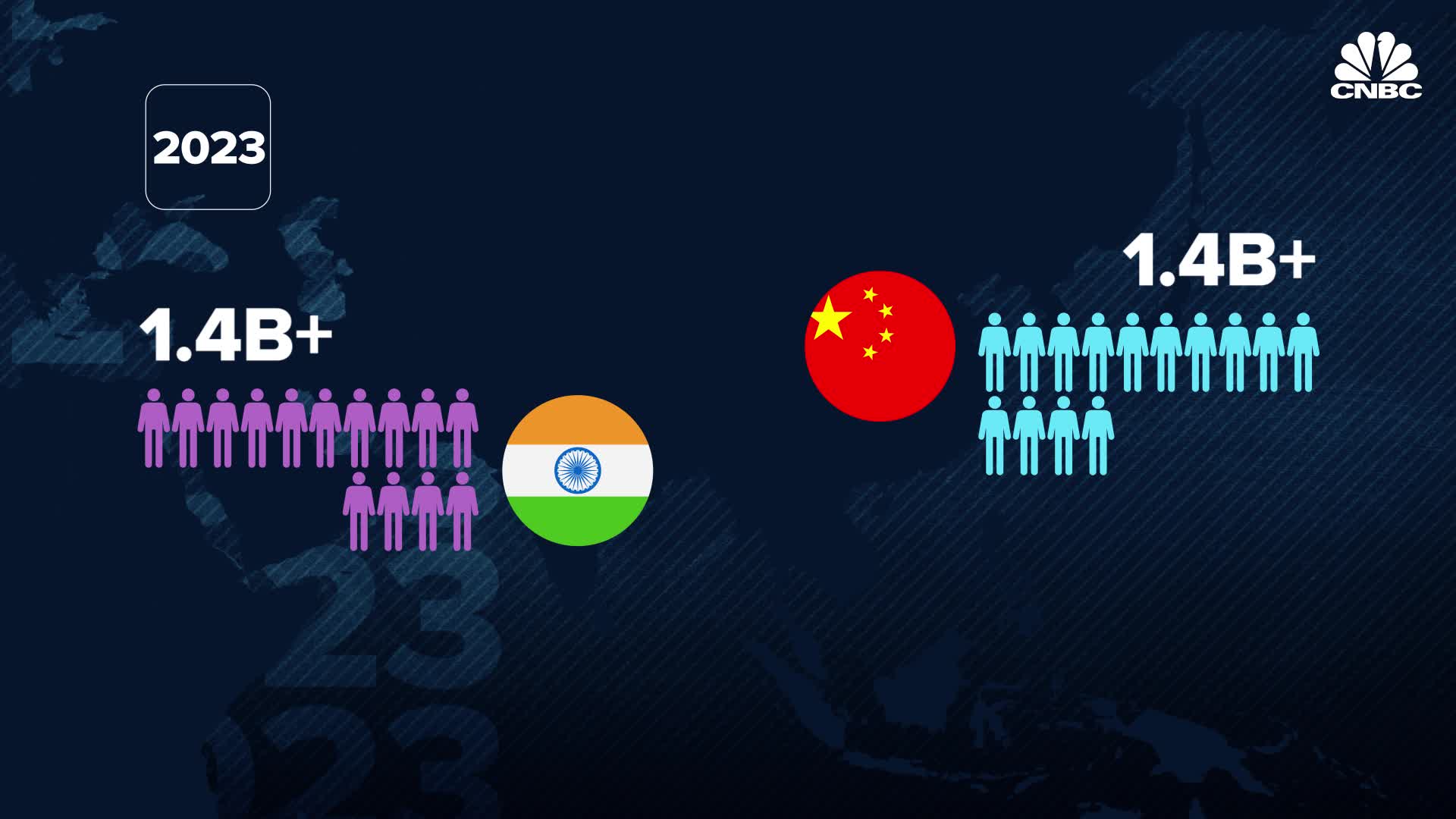"Informed AI News" is an publications aggregation platform, ensuring you only gain the most valuable information, to eliminate information asymmetry and break through the limits of information cocoons. Find out more >>
China's Aging Population and Economic Challenges
- summary
- score

China's population is shrinking. This decline, driven by low birth rates and aging, threatens economic growth. The labor force will shrink, dragging GDP by 1% annually for a decade. Fiscal policies will strain to support an aging population.
Raising the retirement age could ease fiscal pressures, potentially cutting pension shortfalls by 20%. Yet, the root problem lies in falling fertility rates worldwide, especially in developed nations where economic growth and education opportunities for women have risen.
China's one-child policy, implemented in the 1980s, exacerbated this trend. The country's population is projected to drop to 1.317 billion by 2050 and halve by 2100. This rapid decline is faster than in Japan or South Korea, influenced by improved living standards and high living costs.
Economic development increases the cost of raising children, deterring births. In Asia, long work hours further limit family time. This demographic shift burdens younger generations with supporting both children and elderly parents, straining healthcare and pension systems.
China is focusing on productivity growth to offset declining labor contributions to GDP. The challenge requires comprehensive government efforts in fiscal and monetary policies.
| Scores | Value | Explanation |
|---|---|---|
| Objectivity | 6 | Comprehensive reporting and in-depth analysis. |
| Social Impact | 5 | Significantly influencing public opinion. |
| Credibility | 5 | Solid evidence from authoritative sources. |
| Potential | 6 | Inevitably leading to significant changes. |
| Practicality | 4 | Directly applicable to real problems. |
| Entertainment Value | 2 | Includes a few entertaining elements. |